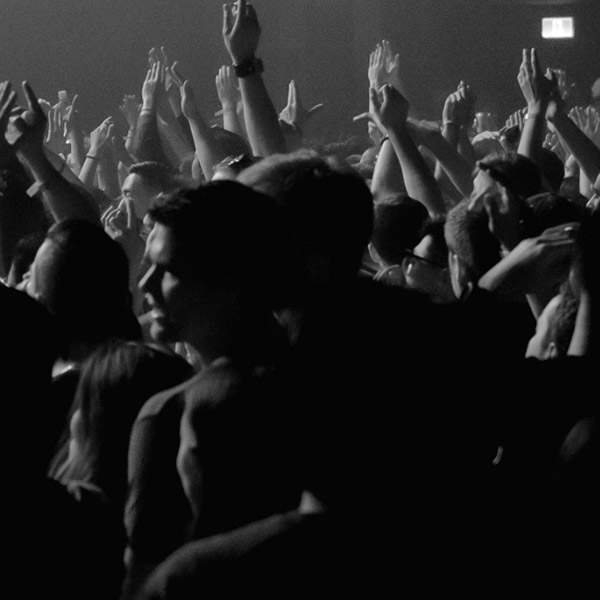John Mellencamp, Emmylou Harris & More Shine at 2025 Grammy Hall of Fame Gala: 8 Best Moments
In 2014, John Mellencamp signed a lifetime recording agreement with Republic Records. He demonstrated why that was a smart investment on Republic’s part with a winning performance at the second annual Grammy Hall of Fame Gala. The event was held on Friday night (May 16) at the Beverly Hilton Hotel in Beverly Hills, Calif. — the site of the first Grammy ceremony in 1959.
Mellencamp performed as part of a salute to Republic Records, which was this year’s record company honoree. Conan Gray performed his 2020 hit “Heather” as part of that salute, though Muni Long, who had been announced as a third performer in the segment, did not appear. (Atlantic Records was the label honoree at last year’s inaugural Grammy Hall of Fame Gala, which was held at the Novo Theater at L.A. Live.)
The Grammy Hall of Fame Gala, presented jointly by the Recording Academy and the Grammy Museum, was conceived as a way to elevate the stature of the annual Hall of Fame inductions, which had long announced with little more than a press release. The Grammy Hall of Fame was established by the Recording Academy’s national trustees in 1973, initially to honor recordings that were released prior to the inception of the Grammy Awards in 1959. The selection criteria was long ago changed to include any recording that is at least 25 years old.
The Grammy Hall of Fame used to be the only major institutional award to honor classic recordings, but the arrival in 2002 of the National Recording Registry, administered by the Library of Congress, means the Grammy Hall of Fame no longer has this field all to itself.
Though it’s not their stated purpose, the Grammy Hall of Fame serves as a second chance for the Grammys to honor recordings they may have missed when they were first released. Of this year’s 13 honorees, 11 were released since the inception of the Grammy Awards. Of those 11, only two — Santana’s Supernatural (1999) and Emmylou Harris’ Wrecking Ball (1995) — had won Grammys when they were eligible. Only one other — Luther Vandross’ Never Too Much (1981) — had even been nominated.
Inducted recordings are selected annually by a member committee, with final ratification by the academy’s national board of trustees. Counting these 13 new titles, the Grammy Hall of Fame has 1,165 inducted recordings. The full list of past inducted recordings can be found here.
The artists could have as much or as little involvement in the Grammy Hall of Fame Gala as they wanted. Harris performed two songs from Wrecking Ball. R&B veteran Eddie Floyd performed his 1966 hit “Knock on Wood.”
Carlos Santana, honored for Supernatural, and Yusuf, the former Cat Stevens, honored for his 1970 album Tea for the Tillerman, accepted their awards with remarks on video. Santana thanked Clive Davis, who signed the band to both Columbia Records and, 30 years later, Arista Records. Of the Arista deal, which kicked off with Supernatural, he thanked Davis “and his belief that we could rock the world. Together we created a masterpiece of joy.”
JAY-Z, who is tied with Ye (formerly Kanye West), for the most Grammy wins by a rapper (25), didn’t even send in a video to acknowledge his Hall of Fame induction for his 1996 album, Reasonable Doubt.
The event attempted to serve multiple agendas. At one point, the proceedings were interrupted by a fund-raising drive for the Grammy Museum. That’s a worthy endeavor, but it undermined the program’s momentum.
Anthony Mason of CBS News hosted the event, with production led by Ken Ehrlich, who produced or executive produced the Grammy telecast for 40 years. Ron Basile, Lindsay Saunders Carl and Lynne Sheridan were also on the production team. Grammy and Latin Grammy winner Cheche Alara served as music director.
Here are eight highlights of the second annual Grammy Hall of Fame Gala.
Paul Grein
Billboard







